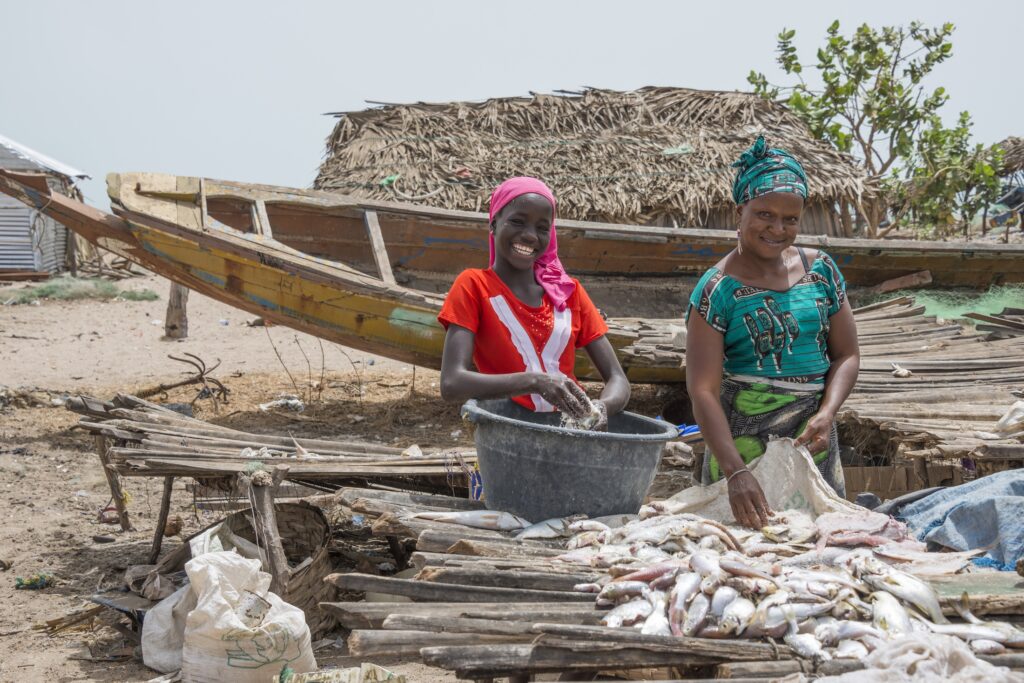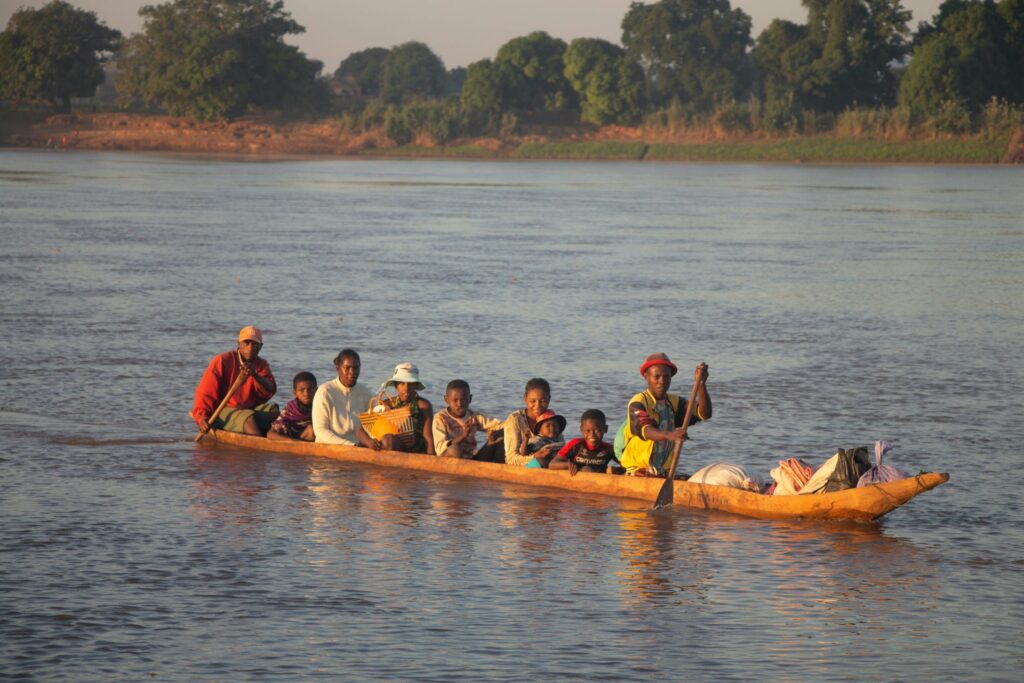The Western Indian Ocean (WIO) region is home to more than 70 million people, many of whom depend on the rich coastal and marine ecosystems for their livelihoods. From fisheries and tourism to small-scale mariculture, these natural resources sustain life in the ten East African coastal countries that constitute the region. However, the region’s heavy reliance on these ecosystems for jobs, food, and economic growth highlights a fundamental connection between multi-dimensional poverty (encompassing income, health, education, and access to resources) and the health of marine ecosystems.
As habitat degradation, overfishing, marine pollution, and biodiversity loss accelerate due to climate change, communities face not only reduced but increasingly uncertain income. This volatility deepens vulnerabilities and creates a cycle in which poverty and ecosystem degradation reinforce each other.
The impacts are especially severe for women, people living with disabilities, youth, and other marginalised and underserved communities, who often face systemic barriers to accessing opportunities and resources. Addressing these challenges requires integrated solutions that link marine conservation with efforts to alleviate poverty, ensuring that sustainable livelihoods and equitable resource governance form the foundation for resilience in the region.
Enter the Ocean Community Empowerment and Nature (OCEAN) Grant Programme – a unique opportunity to tackle these challenges head-on. OCEAN is more than just financial support; it’s a chance to weave together conservation, poverty alleviation, and social inclusion into projects that leave a lasting legacy.
Crafting a winning proposal: Steps to maximise impact
Ready to make a lasting difference? Round 2 is open now and this time, OCEAN is prioritising projects that focus on gender equality, disability and social inclusion (GEDSI), particularly in the WIO, West Africa and Small Island Developing States (SIDS).
Below are some tips to help your application stand out:
1. Embrace inclusion meaningfully
Gender equality, disability and social inclusion (GEDSI) aren’t just checkboxes – they’re fundamental to impactful, sustainable change. Your project should aim to remove barriers and uplift those who are often left behind. Think creatively about how you can empower marginalised groups and ensure everyone has a seat at the table.
For instance, could you involve women in fisheries decision-making? Could you design training programmes accessible to people with disabilities? In Kenya, for example, policies like the Persons with Disabilities Act (2003) and National Gender and Equality Commission guidelines actively promote equitable access to resources and representation. By aligning your project with similar frameworks in the country where your project is being implemented, you’ll demonstrate both relevance and a strong commitment to equity.
2. Think sustainability from the start
How will your project continue to deliver benefits after the grant period ends? Sustainability is about creating lasting change – designing initiatives that build local capacity, form strong partnerships, and establish self-sustaining financial mechanisms. It also involves generating credible results that demonstrate tangible outcomes and attract additional funding and investment. Consider collaborating with local and national governments, NGOs, or businesses to ensure your project is integrated into existing systems and structures. For instance, a mangrove restoration project could partner with eco-tourism operators to create income-generating opportunities while conserving critical habitats. By planning for long-term viability, your project can serve as a model of sustainability, benefitting both communities and ecosystems for years to come. Sustainability isn’t just an afterthought – it’s the foundation upon which transformative projects are built.
3. Be realistic and practical
Ambitious goals are inspiring, but they must be anchored in achievable, well-thought-out theory of change. Break your proposal into clear, actionable steps, and outline how each step contributes to your overall objectives. Anticipate potential challenges and develop strategies to demonstrate how you’ll manage risks effectively. This shows that you’re well prepared to deliver results.
Ensure your work plan aligns with your log frame and budget. A practical, well-structured plan that demonstrates value for money not only strengthens your proposal but also reassures funders that their investment will be used efficiently and responsibly.
4. Get creative
Innovation is not always about creating something entirely new – it often involves applying fresh perspectives to existing challenges. Consider the following approaches:
- Enhancing fisheries transparency through labor standards – A novel approach to addressing Illegal, Unreported, and Unregulated (IUU) fishing in the Western Indian Ocean (WIO) region involves leveraging International Labour Organization (ILO) regulations on vessel safety and crew welfare. By integrating labour standards – such as mandatory vessel tracking, improved working conditions, and port-state inspections –governments and conservation organisations can enhance monitoring and compliance. For example, linking electronic catch documentation with crew manifests ensures that only legally harvested fish enter the supply chain while safeguarding fishers from exploitation. This strategy strengthens both environmental sustainability and social responsibility.
- Harnessing technology for conservation – Tools such as drones for ecosystem monitoring and mobile applications for real-time data collection can significantly enhance conservation efforts by improving surveillance and decision-making.
- Advancing smart waste management – In cities struggling with waste management, technologies like geographic information system (GIS) mapping, internet of things (IoT)-enabled waste bins [link to https://www.infosys.com/insights/industry-stories/smarter-waste-management.html], and digital platforms can optimise collection routes, track waste generation, and facilitate efficient segregation. This data-driven approach reduces landfill pressure, promotes circular economy solutions, and enhances urban cleanliness.
5. Follow the guidelines (yes, really!)
Stick to the application guidelines [link to applicant resources feed] – it’s a simple but important step. Attend the online webinars [link to events feed] for applicants to understand OCEAN’s priorities, or watch them back if you can’t attend in person. These sessions are invaluable for answering questions and tailoring your proposal to meet the evaluators’ expectations.
6. Seize the moment!
OCEAN offers an opportunity to combine innovative conservation approaches with inclusive and sustainable practices to alleviate poverty in the Western Indian Ocean region.
This is your moment to transform ideas into impactful projects that create real change. In restoring vital ecosystems, in empowering marginalised communities and tackling climate change impacts, your contributions can pave the way for a more resilient, inclusive and sustainable future.
Join this transformative journey. Together, we can build a thriving region where people, planet and nature live in harmony. The time to act is now – apply today and make your mark!
Asma Hadi Awadh is a Marine and Coastal Conservationist and a member of the OCEAN Expert Committee. This blog is part of a series written by members of the OCEAN Expert Committee that provide advice to potential applicants based on their experience and expertise.
Image: Belo Tsiribihina, Madagascar by Elle Leontiev via Unsplash.






